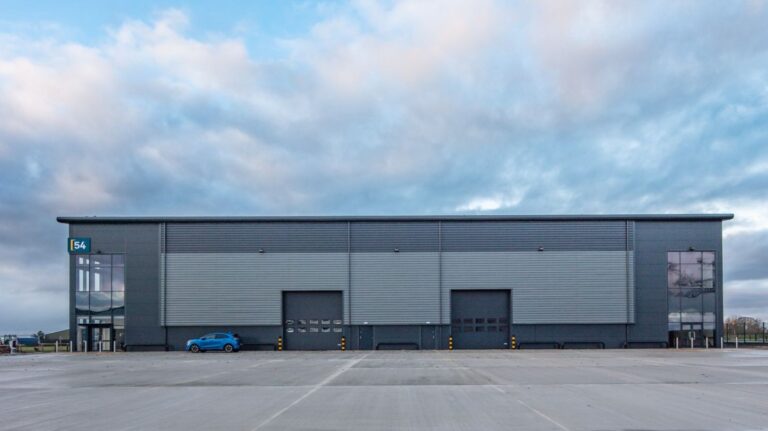Jason Rockett, Managing Director of industrial and logistics property company Potter Space, shares his view on the small to mid-box (sub-100,000ft²) property market in light of the company’s new research report, ‘BIG Things in SMALL Boxes’, conducted in collaboration with Savills.

Our latest research has shone a light on the increasing lack of land that is blocking growth for businesses in the small to mid-box (sub-100,000ft²) warehousing sector, holding back job creation and costing the economy £480 million in Gross Value Added (GVA) per year.
‘BIG Things in SMALL Boxes’ is our second annual industry benchmarking report, commissioned in collaboration with Savills, that aims to lift the lid on the challenges faced by the small to mid-box segment of the market and highlight potential solutions.
Our research shows that the biggest challenge facing the small to mid-box industrial & logistics property sector is that of ‘suppressed demand’. This means that demand for space, particularly from businesses operating out of small to mid-box premises far outstrips the supply of both units and land available. This lack of land is stifling growth, as the report reveals that demand for small to mid-box space is suppressed across England by an average of 38%.
Among the worst affected areas are Nottingham and Derbyshire (51%), Birmingham (57%) and Leicestershire (101%). While the Midlands is undoubtably an area of focus for the industry, being home to the logistics ‘Golden Triangle’, there are also improvements to be made in areas such as Stoke and Stafford, where suppressed demand currently sits at 50%, and Crawley in the South East, where demand has been suppressed by 166%.
With so much relying on the rapid expansion of smaller warehouses, and a potentially long process to free up land for development stretching ahead, what changes can be made now that will create a positive impact across the sector and ensure that it continues to grow – generating jobs and wealth for local communities?
To combat these issues, there needs to be a coordinated approach from Government and local authorities to identify opportunities for small to mid-box development alongside other sectors. This will lead to an opportunity for collaboration between a mix of developers.
Co-location of small box schemes alongside big box is a large part of the solution. The responsibility for making this happen lies with local authorities who must think outside the box and seek to understand the benefits that mixed schemes can offer to local economies, workforces, businesses, and consumers.
Local authorities should take a positive approach to planning to unlock economic benefits and local planners should consider land that is unsuited to bigger warehouses as opportunities for smaller facilities, including areas close to residential developments, beside motorway junctions or railway tracks. Collaboration is key to ensuring that million of pounds in GVA is unlocked each year.
Click here to download the full ‘BIG Things in SMALL Boxes’ report.







